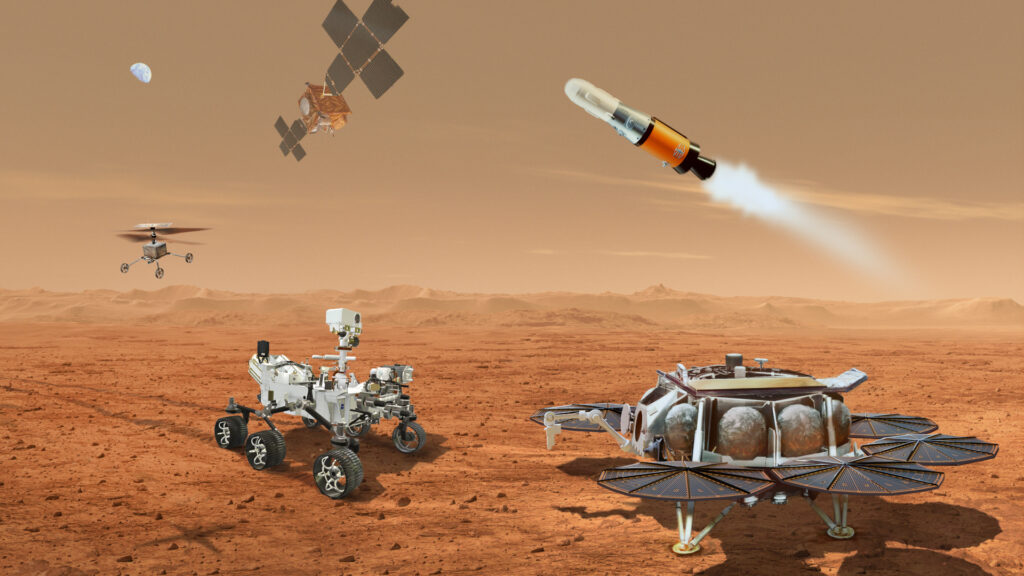NASA’s Administrator, Bill Nelson, has unveiled the space agency’s updated strategy for the Mars Sample Return program, a joint venture between NASA and the European Space Agency (ESA) aimed at bringing back samples of Martian rock and soil to Earth. The Perseverance rover, operational on Mars since 2021, has been actively gathering these samples.
In a recent development, NASA has called upon its internal community, including the Jet Propulsion Laboratory and other agency facilities, to collaborate on innovative designs that leverage existing technology to facilitate the return of these samples.
A significant cost analysis conducted by NASA, released on Monday and projecting activities up to September 2023, revealed an estimated budget ranging from 8 billion to 11 billion for the Mars Sample Return mission. This figure surpasses earlier projections of $4.4 billion, prompting concerns about the mission’s financial feasibility.
NASA Administrator, Bill Nelson, expressed dissatisfaction with the extended timeline, indicating that under the current budget constraints, sample return would not be achievable until 2040, a delay deemed unacceptable. He emphasized the intricate nature of the mission, highlighting the unprecedented challenges involved in safely landing, collecting, and transporting samples over millions of miles back to Earth.
Acknowledging the financial constraints and timeline issues, NASA plans to explore alternative mission designs that prioritize affordability and efficiency. The agency intends to seek proposals from the industry to expedite the sample return process, aiming for a timeline in the 2030s while reducing costs and operational complexities.
The revised mission strategy focuses on streamlining operations, enhancing resilience, and optimizing risk management. NASA aims to harness existing technologies to expedite the mission without significant additional development costs or time.
Despite the financial challenges, NASA remains committed to the Mars Sample Return mission, recognizing its potential to revolutionize our understanding of planetary formation, habitability, and the search for extraterrestrial life. The mission, if successful, would mark a historic milestone as the first international endeavor to retrieve samples from another planet, offering invaluable insights into Mars’ history and potential for ancient life.
